Canon 1Ds Mk III
The Canon 1Ds Mk III is the world's best consumer digital-capture landscape and still image camera. If you want better technical quality, you'll have to look at klunky commercial medium-format systems which start at five figures and go up from there. Better, the 1Ds Mk III is far easier to carry and use every day in bad outdoors conditions than any of the medium format systems. The 1Ds takes rain and dirt in stride.
The Canon 1Ds Mk III is a full-frame, 21 megapixel, 5 frames per second, 3" LCD, 1/250 sync, $8,000 DSLR. 5 FPS was a world leader for full-frame speed for three days (until Nikon announced the 9 FPS D3), and the 1Ds Mk III has a huge 57 frame buffer (only 12 raw). Heck, that's as fast as my piddly Nikon D200 or the 30D!
The 1Ds Mk III is the update to the 1Ds Mk II introduced way back in April 2004. I've always admired how Canon introduced the 1Ds Mk II at $8,000, and as of the day the 1Ds Mk III was introduced, the Mark II still sells at $7,000. That's staying power even film cameras never had.
What's new since the 2004-era Mk II
Six ounces less fat. Still tough, solid and weather sealed.
Highlight Rendition
I'm most excited about the new highlight processing ability.
Canon uses the clear-as-mud phrase "highlight tone priority custom function," which means better highlights if you set them in a custom function.
Digital cameras look digital because they rarely can handle highlights well. Highlights blow out and look like crap, especially with skin and stone tones. This is the biggest area which gets better with each generation of camera, but it's subtle and not obvious in camera lab tests or easy to measure, as flat-field noise and resolution are. Highlight handling is obvious even in 4x6" prints, while all the things that hobbyists worry about aren't.
2,500K White Balance
Flying under most people's RADAR, Canon increased the range of manual Kelvin setting for WB to allow better images in dim interiors. Previous cameras only went to 2,800K, which gave me images that were still too orange in dim household lighting. Thanks Canon! (My Nikons with Kelvin settings all go to 2,500K.)
Better AF system from the 1D Mk III. Focus offset can be calibrated by savvy users to each lens, something I'll do but most people probably will want not to touch.
5FPS vs 4 FPS. Reasonably important for shooting action, but sports shooters rarely use 1Ds series cameras anyway.
data from kenrockwell





















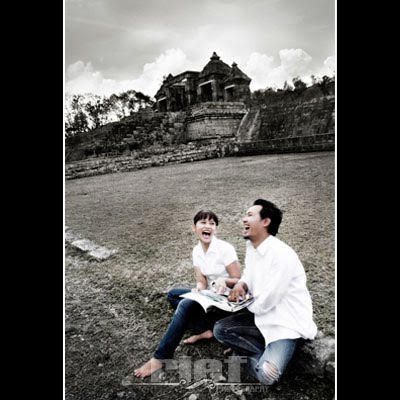

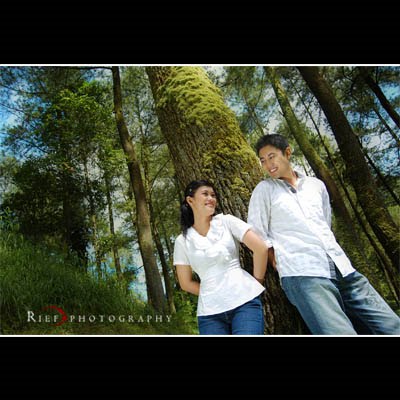

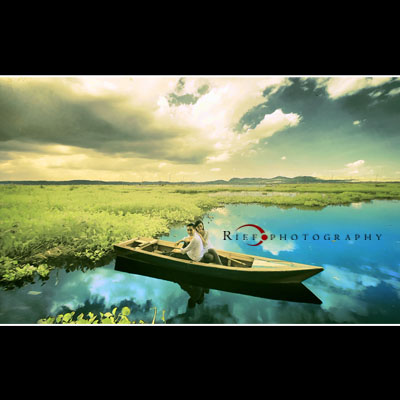
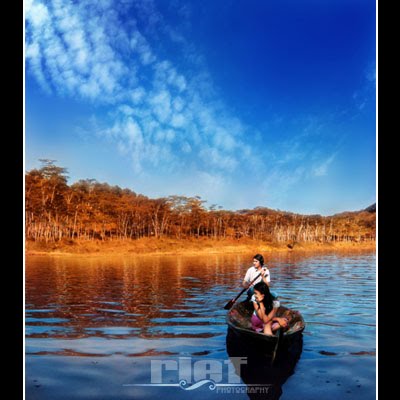

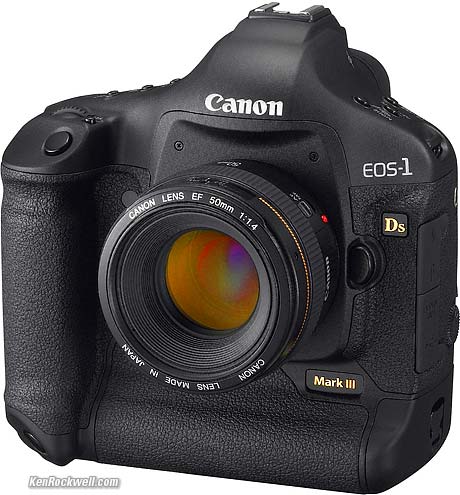
Tidak ada komentar:
Posting Komentar